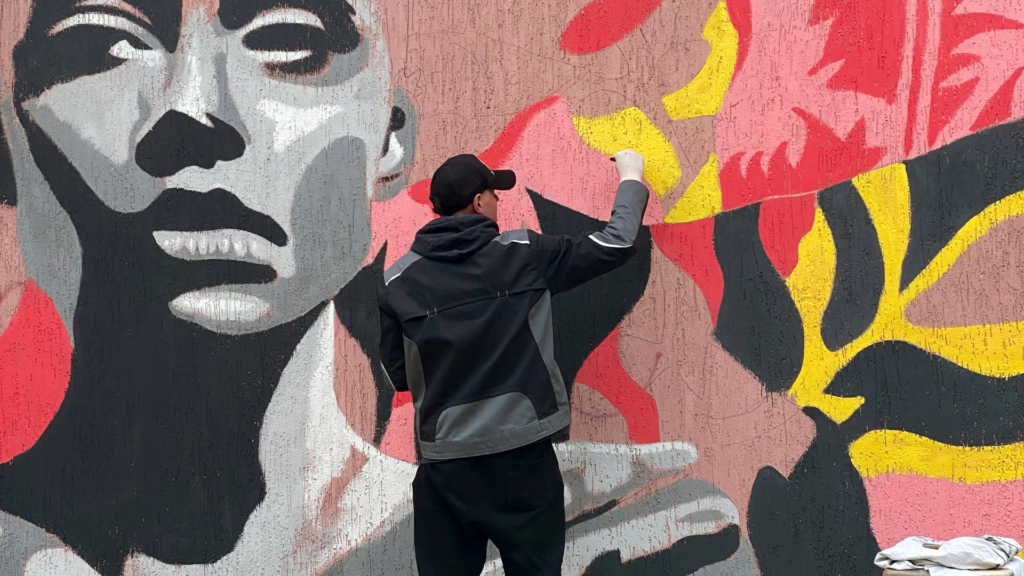Graffiti art has been a controversial topic for decades, with some people dismissing it as vandalism while others view it as an important form of self-expression. But beyond the debate over its legality lies a fascinating cultural phenomenon that has influenced everything from fashion to music to politics.
In this blog post, we’ll take a deep dive into the world of graffiti art and explore its rich history, diverse styles, and enduring impact on society. Whether you’re a die-hard fan or just curious about this vibrant subculture, you won’t want to miss out on what we have in store!
What is graffiti art?
Graffiti art is a form of street art typically consisting of spray paint and various other media applied to public or private surfaces. It has a long and varied history, with some early examples dating back to the late 1960s. Graffiti art has come to be seen as a powerful tool for expression, social commentary, and protest.
There are many different styles of graffiti, each with its cultural significance. Many graffiti artists focus on creating pieces that represent their local culture or express their style. Some famous examples of graffiti art include the works created by Banksy and Shepard Fairey.
Graffiti can have serious consequences for public safety, as it can often be used for vandalism or intimidation. However, many people see graffiti as an important part of the cultural fabric of cities around the world.
Origins of graffiti art
Graffiti art has a long and varied history, with roots dating back to ancient Egyptian and Roman times. In the early days of graffiti, artists would use their own blood or paint to write on walls without permission. As time went on, graffiti evolved into its modern form, which often incorporates intricate designs and creative techniques.
Today, graffiti is seen as a form of expression and communication by many people around the world. It can be found in virtually every city and town in the world, and its cultural significance cannot be understated. Graffiti can often serve as a platform for marginalized groups to express themselves and share their voices with the rest of the community.
As graffiti continues to evolve and grow in popularity, it is sure to continue to have a significant impact on culture worldwide.
Different types of graffiti art
Graffiti art is a type of street art that typically consists of spray-painted or drawn messages on public or private property. While graffiti has existed since the late 1800s, its popularity as an art form surged in the 1970s and 1980s, particularly in New York City. Today, graffiti can be found all over the world, and its cultural significance continues to grow.
There are several different types of graffiti art. One common type is urban tagging, which is done to walls and other public surfaces. Street artists also create mural paintings and pieces for public venues such as train stations and airports. Graffiti artists often use vibrant colours and intricate designs to stand out from the crowd.
Some graffiti artists use their work as a form of protest against society or government policies. Others see graffiti as simply a way to express themselves creatively. Regardless of why they start painting graffiti, most artists hope that their work will eventually be preserved for future generations to enjoy.
Why is graffiti art so popular?
Graffiti art has been popular for centuries because it is a form of expression that is allowed and encouraged in many places where traditional art is not. Graffiti artists use their creativity to express themselves through colourful and intricate designs, which can be seen all over the world. Graffiti art often features subversive and rebellious messages that are often critical of society or government, which makes it a popular form of art among rebels and dissidents.
What does graffiti mean to different cultures?
Graffiti has a long and varied cultural history, meaning that the significance of graffiti to different cultures is as diverse as the art itself. In some places, graffiti is seen as a form of art or expression, while in others, it is seen as vandalism. Regardless of its cultural significance, graffiti always holds an element of rebellion and uniqueness.



